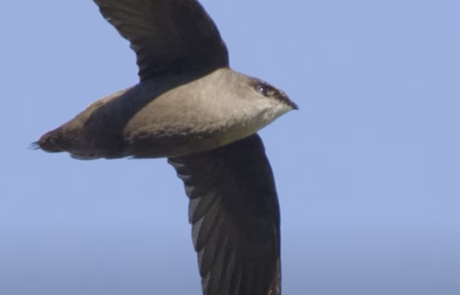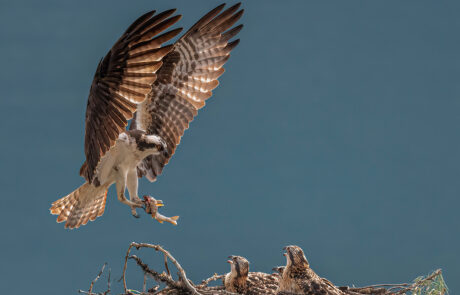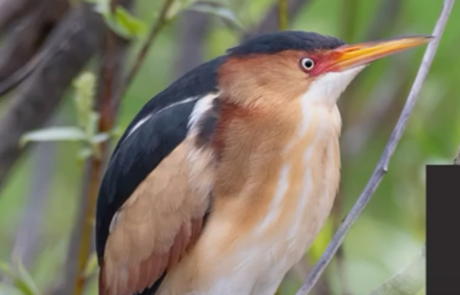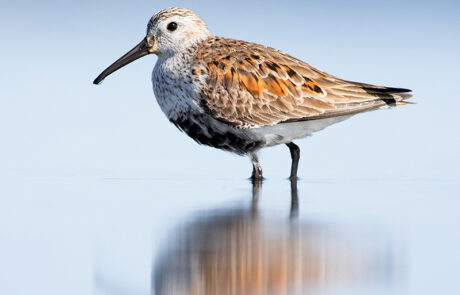Birding for Beginners Quiz
You’re almost there! This short quiz is designed to reinforce some of the things learned in this course. While you will need a score of 75% to pass, you can take the quiz as many times as needed. There are 15 questions.
Time limit: 0
Quiz Summary
0 of 15 Questions completed
Questions:
Information
You have already completed the quiz before. Hence you can not start it again.
Quiz is loading…
You must sign in or sign up to start the quiz.
You must first complete the following:
Results
Quiz complete. Results are being recorded.
Results
0 of 15 Questions answered correctly
Your time:
Time has elapsed
You have reached 0 of 0 point(s), (0)
Earned Point(s): 0 of 0, (0)
0 Essay(s) Pending (Possible Point(s): 0)
Categories
- Not categorized 0%
- 1
- 2
- 3
- 4
- 5
- 6
- 7
- 8
- 9
- 10
- 11
- 12
- 13
- 14
- 15
- Current
- Review
- Answered
- Correct
- Incorrect
-
Question 1 of 15
1. Question
CorrectIncorrect -
Question 2 of 15
2. Question
CorrectIncorrect -
Question 3 of 15
3. Question
CorrectIncorrect -
Question 4 of 15
4. Question
CorrectIncorrect -
Question 5 of 15
5. Question
CorrectIncorrect -
Question 6 of 15
6. Question
CorrectIncorrect -
Question 7 of 15
7. Question
CorrectIncorrect -
Question 8 of 15
8. Question
CorrectIncorrect -
Question 9 of 15
9. Question
CorrectIncorrect -
Question 10 of 15
10. Question
CorrectIncorrect -
Question 11 of 15
11. Question
CorrectIncorrect -
Question 12 of 15
12. Question
CorrectIncorrect -
Question 13 of 15
13. Question
CorrectIncorrect -
Question 14 of 15
14. Question
CorrectIncorrect -
Question 15 of 15
15. Question
CorrectIncorrect





